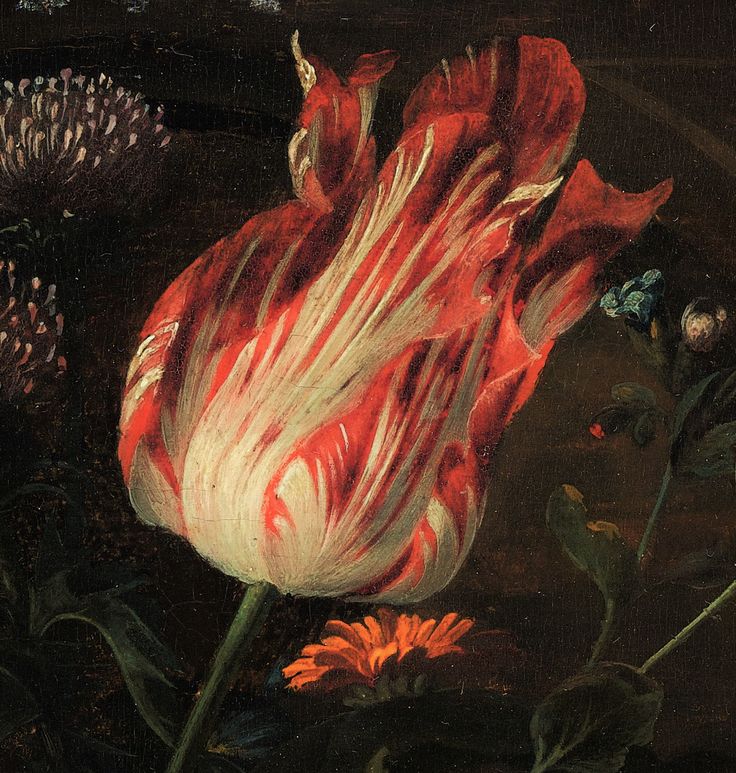The Fascinating History of Tulip Mania: Lessons from the 17th Century Speculative Bubble
“7 Surprising Facts About History of Tulip Mania That Reveal Its True Impact!” Tulip Mania, a phenomenon that occurred in the 17th century Netherlands, stands as one of history’s most fascinating economic events. This speculative bubble revolved around tulips, particularly their unique and rare varieties, driving prices to extraordinary heights before a dramatic collapse. Let’s explore the daily life impacts, history, and lasting significance of this peculiar craze.
What Was History of Tulip Mania?
Tulip Mania was a period during the Dutch Golden Age when the prices of certain tulip varieties soared to unprecedented levels. Tulips, introduced to Europe from the Ottoman Empire, became a status symbol in the Netherlands. Their vibrant colors and unique patterns made them highly sought after, especially among the wealthy.
Between 1634 and 1637, tulips transformed from prized possessions to objects of speculative trading. Rare varieties, such as the Semper Augustus, were particularly coveted, with single bulbs selling for the price of luxurious estates. However, in February 1637, the bubble burst, leading to a rapid collapse in prices and significant financial losses for many.
Daily Life Impacts History of Tulip Mania
1. Social Hierarchies Altered
Tulip Mania blurred traditional social boundaries. Wealthy merchants and aristocrats were joined by craftsmen, farmers, and even laborers in the tulip trade. The frenzy led to an illusion of easy wealth, with ordinary individuals believing they could profit from the booming market.
2. Disrupted Trade and Commerce
The focus on tulips diverted attention from other economic activities. Traditional industries, such as textile production and shipping, experienced slowdowns as people prioritized speculative trading.
3. Emotional Turmoil
The bubble’s collapse caused widespread panic and despair. Families who invested their life savings in tulips faced financial ruin, and the event left a lasting psychological scar on Dutch society.
Key Historical Facts; History of Tulip Mania
- Origins: Tulips arrived in the Netherlands in the late 16th century and quickly became a symbol of wealth and sophistication.
- Peak Prices: At the height of Tulip Mania, a single bulb of the rarest variety could cost 10 times the annual income of a skilled craftsman.
- The Bubble Burst: The turning point came when buyers stopped showing up for tulip auctions, causing a domino effect that led to the market’s collapse.
- Legal Fallout: The Dutch government attempted to mitigate the crisis by allowing contracts to be voided for a fraction of their original value, but the damage was already done.
FAQs About History of Tulip Mania
Q: Was Tulip Mania the first economic bubble? A: Yes, it is often regarded as the first recorded speculative bubble in history.
Q: Did the entire Dutch economy collapse due to Tulip Mania? A: No, the overall economy remained resilient, but individuals and families involved in the tulip trade suffered significant losses.
Q: Why are tulips still significant in Dutch culture today? A: Tulips symbolize the Netherlands’ historical connection to horticulture and trade. Despite the bubble’s collapse, they remain a source of national pride.
Significance and Observance; History of Tulip Mania
Tulip Mania serves as a cautionary tale about the dangers of speculative investing. It highlights human susceptibility to herd behavior and the psychological factors that drive market bubbles. Today, the event is remembered as a key moment in financial history and is often referenced in discussions about modern economic bubbles.
The Netherlands continues to celebrate its tulip heritage through festivals, such as the famous Keukenhof gardens and National Tulip Day. These events attract millions of visitors, showcasing the enduring allure of tulips.
Lessons for Society; History of Tulip Mania
1. Recognize Speculative Risks
Tulip Mania underscores the importance of assessing the intrinsic value of investments rather than succumbing to market hype.
2. Avoid Overleveraging
Many individuals suffered during Tulip Mania because they borrowed heavily to buy tulips. This emphasizes the dangers of excessive leverage.
3. Appreciate Cultural Heritage
While the financial aspect of Tulip Mania is often criticized, it also reflects the Netherlands’ rich cultural history and its contributions to global horticulture.
Positive Sentiment: Tulip Mania’s Legacy of Resilience; History of Tulip Mania
Despite its negative financial consequences, Tulip Mania demonstrates human resilience and adaptability. The Netherlands quickly recovered, and the event’s lessons have enriched our understanding of economics and human behavior.










